In 2024, Vietnam exported nearly 30 million tons of cement and clinker, earning over 1.15 billion USD, down more than 4% in volume and nearly 14% in value compared to 2023.
In 2024, Vietnam exported nearly 30 million tons of cement and clinker, earning over 1.15 billion USD, down more than 4% in volume and nearly 14% in value compared to 2023.
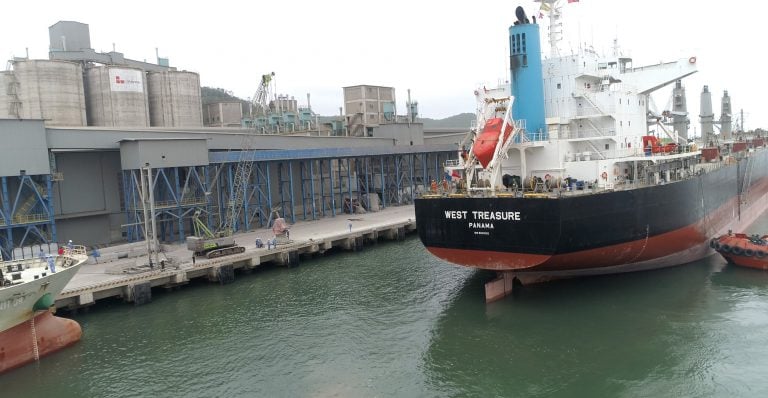 |
| Exporting cement and clinker is facing difficulties due to sharp price drops, many markets are increasing the application of trade barriers to Vietnamese cement. |
According to statistics from the Cement Industry Report, in 2024, the cement industry will export nearly 30 million tons of cement and clinker, earning over 1.15 billion USD, down more than 4% in volume and nearly 14% in value compared to 2023.
In December 2024 alone, cement and clinker exports increased by 4% in volume and 3.9% in value compared to November, reaching nearly 2.27 million tons, equivalent to 86.04 million USD, with an average price of 37.9 USD/ton.
Last year, clinker cement exports to the largest market, the Philippines , reached more than 8 million tons, equivalent to 319.09 million USD, with an average price of 39.9 USD/ton, down about 0.6% in volume, down about 11% in turnover and down 10.5% in price compared to 2023.
This market accounts for 27% of the total volume and 28% of the total export turnover of cement and clinker of the whole country.
Exports of clinker cement to Bangladesh reached 5.49 million tons, worth more than 175.13 million USD, but the average price was only 31.9 USD/ton, accounting for 18.5% of the total volume and 15.4% of the total turnover.
Next is the Malaysian market, accounting for 5.7% of the total volume and 5% of the total turnover, reaching 1.68 million tons, equivalent to 57.19 million USD, at a price of 34 USD/ton.
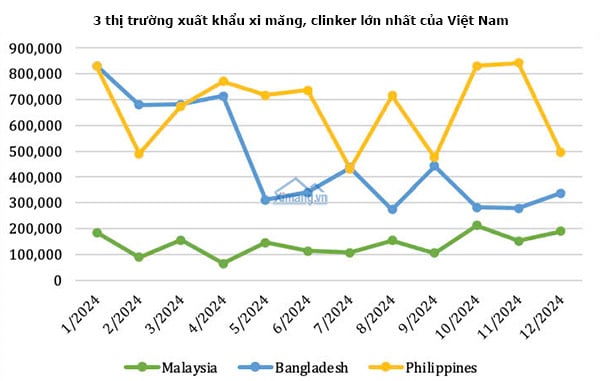 |
According to businesses, exporting cement and clinker to key markets last year was very difficult.
For example, in the Chinese market, in the past 2 years, China has almost not imported cement and clinker. Even after a period of banning cement production to prevent environmental pollution, this country has now returned to normal production.
Bangladesh imports cement from surplus sources in Pakistan and UAE; the Philippines imposes anti-dumping tax on cement imported from Vietnam (5-year application period from March 20, 2023), and the Philippines also initiated a safeguard investigation on cement from 2019 to June 2024...
But even if we can export, the price will be very low. The most obvious is the export price to the two main markets, the Philippines and Bangladesh.
Export prices also dropped last year. According to data provided by Vicem, the FOB cement export price to the Philippines at the end of 2024 was only 40-40.5 USD/ton, down 2-3 USD/ton compared to the beginning of the year and down 8-9 USD/ton compared to the beginning of 2023.
Clinker export price to Bangladesh at the end of 2024 is at 28.5-29 USD/ton, down 2.5 USD/ton compared to the beginning of the year and down 10-10.5 USD/ton compared to the beginning of 2023.
In 2025, Vietnam's cement and clinker exports are forecast to grow slowly and may remain at the same level as in 2024. Export markets are gradually shifting to new markets such as the US, North America, South America and Africa.
In addition, export activities continue to face trade barriers in many countries, including Taiwan conducting anti-dumping investigations on Vietnamese cement, the Philippines, in addition to imposing anti-dumping duties on Vietnamese cement, is currently investigating self-defense, and competition from cement-surplus countries such as Indonesia and Thailand, which have advantages over Vietnam in terms of selling prices and low transportation costs.
Meanwhile, domestic cement supply in 2025 will still be in a state of large surplus.
It is estimated that the cement supply for 2025 is forecast to reach about 125 million tons, but domestic demand is only about 62.5-63.5 million tons; along with that, the price of raw materials and fuels for production remains high, leading to fierce competition among domestic manufacturers on selling prices to maintain market share and increase consumption output.
Source: https://baodautu.vn/viet-nam-xuat-khau-gan-30-trieu-tan-xi-mang-va-clinker-d244697.html





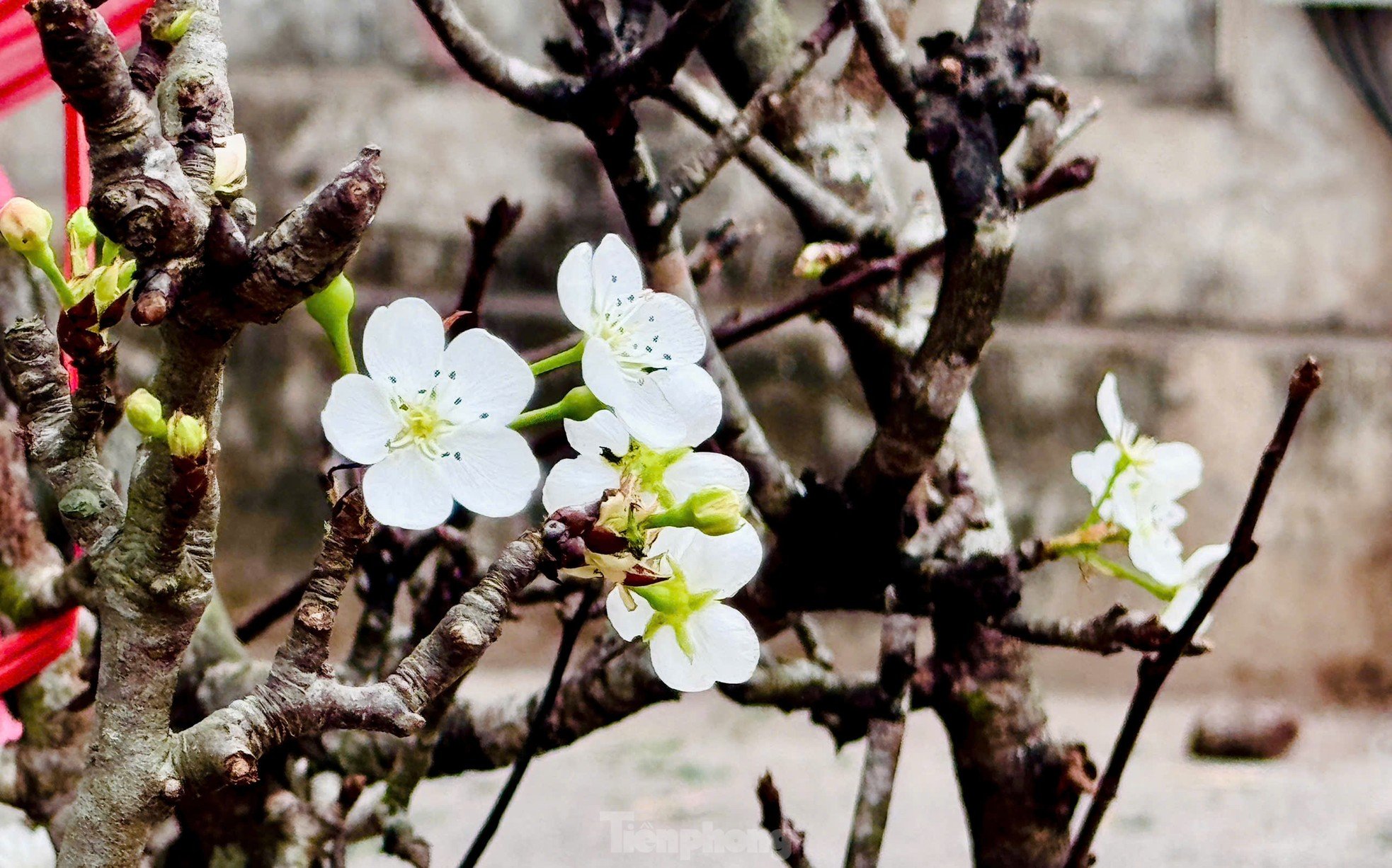
























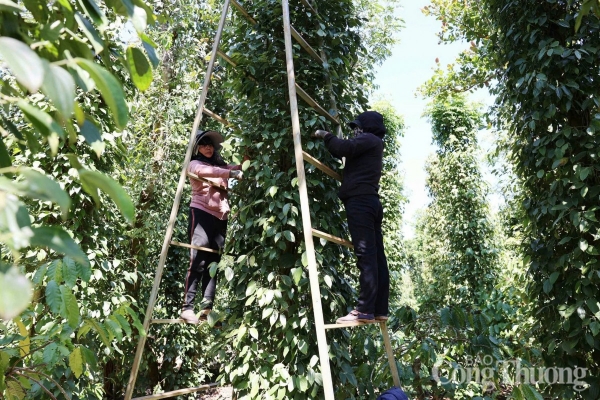

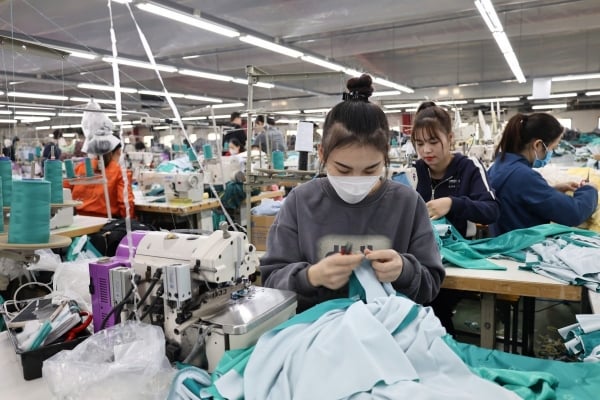
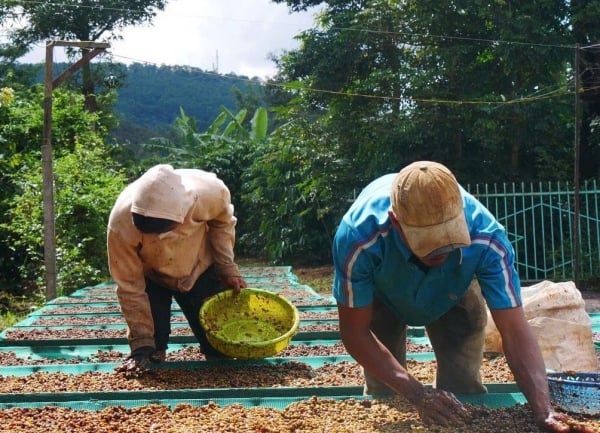

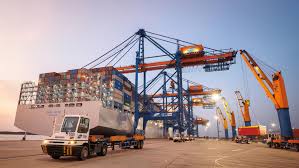



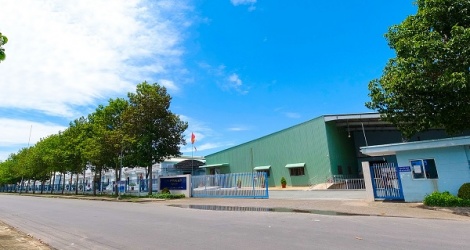

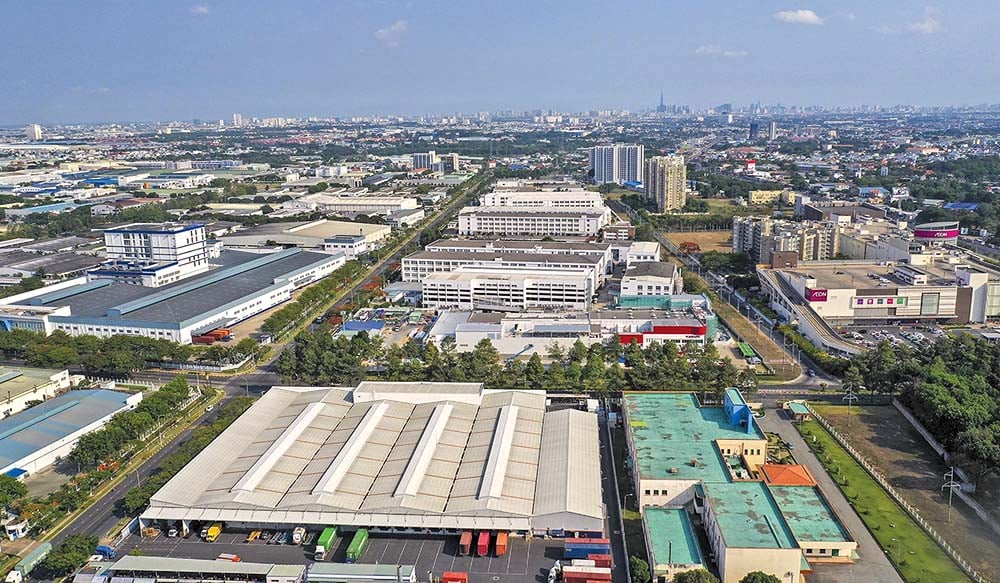












Comment (0)